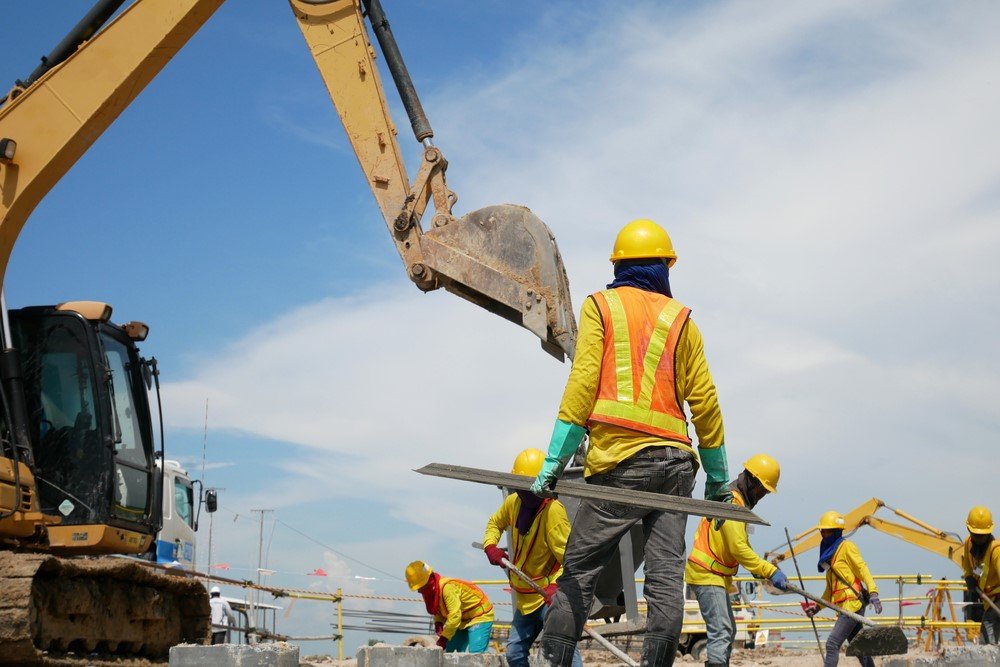As construction sites continue to evolve, so do the methods used to secure them. With the increasing complexity and value of construction projects, effective security measures are critical to protecting assets, minimizing risks, and ensuring the safety of workers. This blog explores the future trends in construction site security monitoring technologies that are set to revolutionize the industry.
1. Artificial Intelligence and Machine Learning Integration:
Artificial Intelligence (AI) and Machine Learning (ML) are rapidly transforming the landscape of security monitoring. These technologies enable security systems to learn and adapt over time, identifying patterns and detecting anomalies with high precision. Future AI-powered cameras will not only monitor sites but also predict potential security threats, allowing for preemptive action. For example, AI can analyze behavior patterns and identify suspicious activities before they escalate into security breaches.
2. Drones for Aerial Surveillance:
Drones are becoming a popular tool for enhancing security on construction sites. Equipped with high-definition cameras and thermal imaging, drones can cover vast areas, providing real-time aerial surveillance. This trend is expected to grow, with drones being used not only for monitoring but also for tasks like perimeter checks, asset tracking, and emergency response.
3. IoT-Enabled Smart Security Systems:
The Internet of Things (IoT) is revolutionizing the way security systems operate. IoT-enabled devices, such as smart cameras, sensors, and alarms, can communicate with each other, creating an interconnected security network. These systems provide real-time data and alerts, ensuring that security personnel can respond swiftly to any incidents. In the future, we can expect more advanced IoT applications, such as biometric access control and smart fencing, to enhance site security.
4. Cloud-Based Security Solutions:
Cloud technology is another trend gaining traction in construction site security. Cloud-based security systems offer several advantages, including remote access, real-time monitoring, and easy scalability. These systems allow security teams to access live feeds and historical data from any location, improving overall site management. As cloud technology advances, we can expect more robust and secure cloud-based solutions tailored specifically for construction sites.
5. Advanced Video Analytics:
Video analytics is a key component of modern security systems, and its future looks even brighter. Advanced video analytics can analyze footage in real time, detecting unusual activities, counting people, and even identifying specific objects. This technology will become more sophisticated, offering features like facial recognition, license plate recognition, and automated alerts for potential threats.
6. Robotics for Automated Security:
The integration of robotics into construction site security is an emerging trend. Autonomous robots equipped with cameras, sensors, and AI capabilities can patrol construction sites, monitor for intrusions, and respond to security incidents. These robots can operate in harsh environments, providing 24/7 surveillance without the need for human intervention. As robotics technology advances, we can expect to see more widespread adoption in the construction industry.
7. Enhanced Cybersecurity Measures:
As construction sites become more digitized, the importance of cybersecurity cannot be overstated. Future security systems will need to protect not only physical assets but also digital data. Enhanced cybersecurity measures, such as encryption, multi-factor authentication, and intrusion detection systems, will be crucial in safeguarding sensitive information and preventing cyberattacks.
Conclusion:
The future of construction site security monitoring technologies is promising, with innovations that will make sites safer, more secure, and more efficient. By staying ahead of these trends and adopting the latest technologies, construction companies can protect their investments, reduce risks, and ensure the safety of their workforce.


